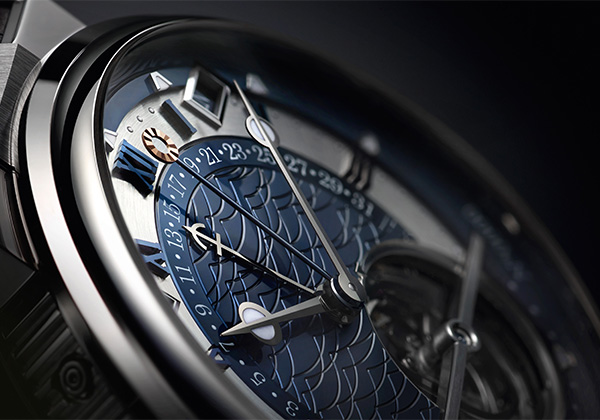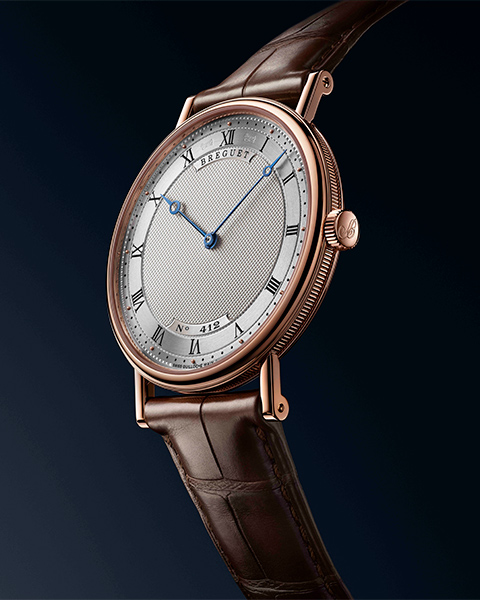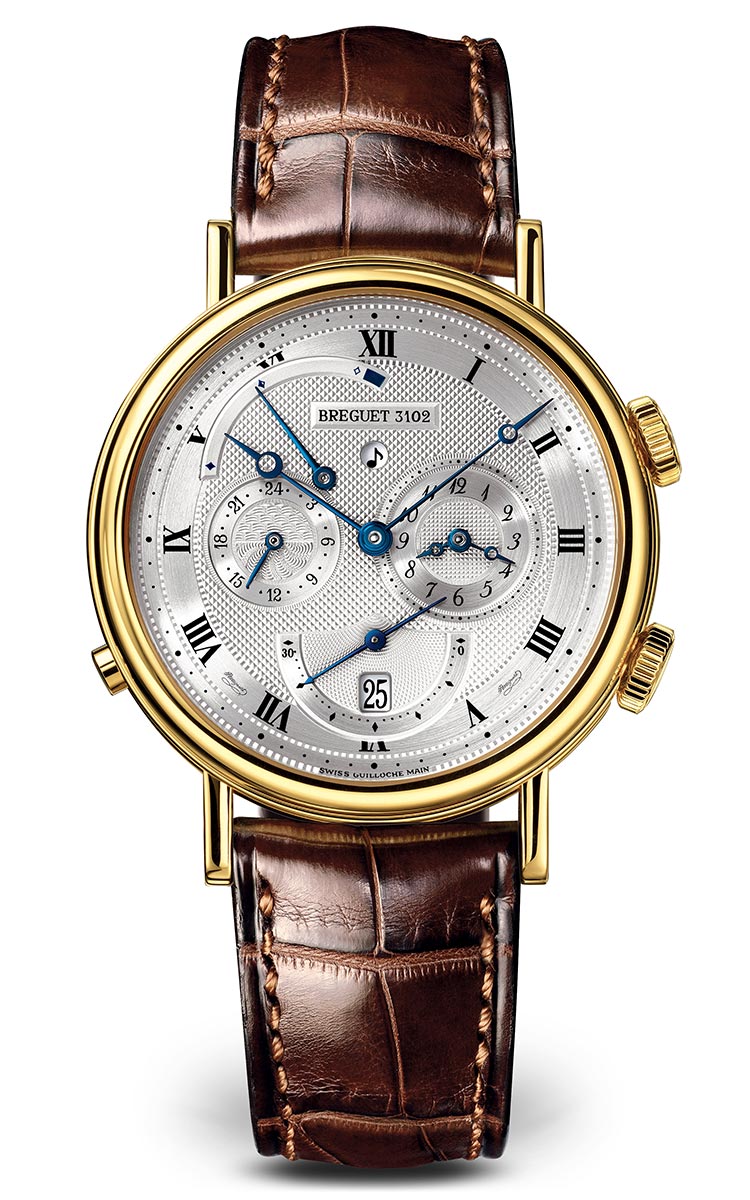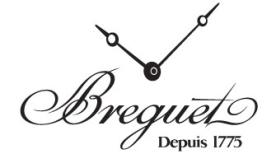A Breguet watch involves around thirty artisanal crafts. Among them is one that stands out at first sight: guilloché, which the Maison alternately refers to as engine-turning or hand-engraving on a rose engine It is one of the fundamental codes of the Manufacture, its aesthetic signature. Does that mean purely aesthetic?

The purpose of guilloche
Guilloche also meets practical objectives, starting with the fact that an engraved surface is by definition smoother. Guilloche therefore makes it possible to avoid its premature tarnishing and remedies the vulnerability of clean or polished surfaces to scratches, scratches and attacks of all kinds.

Moreover, guilloche, like movement decoration, serves to catch and hold the light playing across the surface. For a dial, this is essential, since it represents a key factor in enhancing legibility. Finally, guilloche makes it possible to capture any dust and impurities. Two centuries ago, the stakes were particularly high, but today they are less so because of the considerable progress made by watchmaking in achieving hermetically sealed cases. This is one of the reasons why guilloche has now become an almost exclusively ornamental art form.

An art preserved by Breguet
It is very difficult to date the appearance in horology of this technique known from the 15th century onward in cabinet-making, but from 1786 onwards (date of the first-known guilloched watch), Abraham-Louis Breguet was the one who raised it to art form status in watchmaking. The takeover of the Manufacture Breguet by the Hayek family in 1999 provided a sanctuary for this expertise. Today, guilloche occupies an entire department at Breguet: 25 tools and 20 guilloche specialists, known as guillocheurs. The key desire is clearly to preserve this know-how as well as to offer in-house training – quite simply because there is no longer any academic training as a guillocheur, since the late Pierre Rosenberg's final efforts to pass on his knowledge.

Constantly evolving patterns
The public at large is perhaps less aware of the sheer diversity of the Manufacture’s motifs. There is a corpus of about ten patterns that are essential, lasting and recognisable to an experienced eye, even without always being able to name them: Clou de Paris, grain d’orge, liseré, filet (hobnailing, barleycorn, border, edging, etc.). The most discerning connoisseurs will also distinguish panier circulaire, cube art déco et damier croisé (circular cross weave, Art Deco cube and checkerboard) motifs.

Meanwhile, these more modern patterns created by Breguet are regularly complemented by new creations. By way of example, for the latest "Hora Mundi" timepiece, the Manufacture has developed a new wave pattern, which can be found on the curved dial of the new "Marine" collection, as well as a diamond-tip guilloche motif adorning the movement bridges of certain titanium models. The same is true of the “Alarme Musicale”, whose seven main patterns reflect a skilful combination of tradition and innovation. All these motifs appearing on the dial side are accompanied by the inscription "Swiss Guilloché Main", revealing an art designed for visual appreciation alone and measuring no more than 5/10ths millimetre deep.

The seven guilloche patterns on the dial of the Réveil du Tsar:
1. Clou de Paris (hobnailing)on the main dial
2. Satiné circulaire (circular satin brushing) on the chapter ring
3. Sauté piqué (or liseré, border) on the minute track
4. Pointes de diamant (or Pavé de Paris, Paris cobbling) on the subdial
5. Vieux panier (cross weave) on the upper part of the subdial
6. Décor flammé (flame decoration) on the lower part of the subdial
7. Grain d’orge circulaire (circular barleycorn) on the small seconds subdial (and on the rotor)





